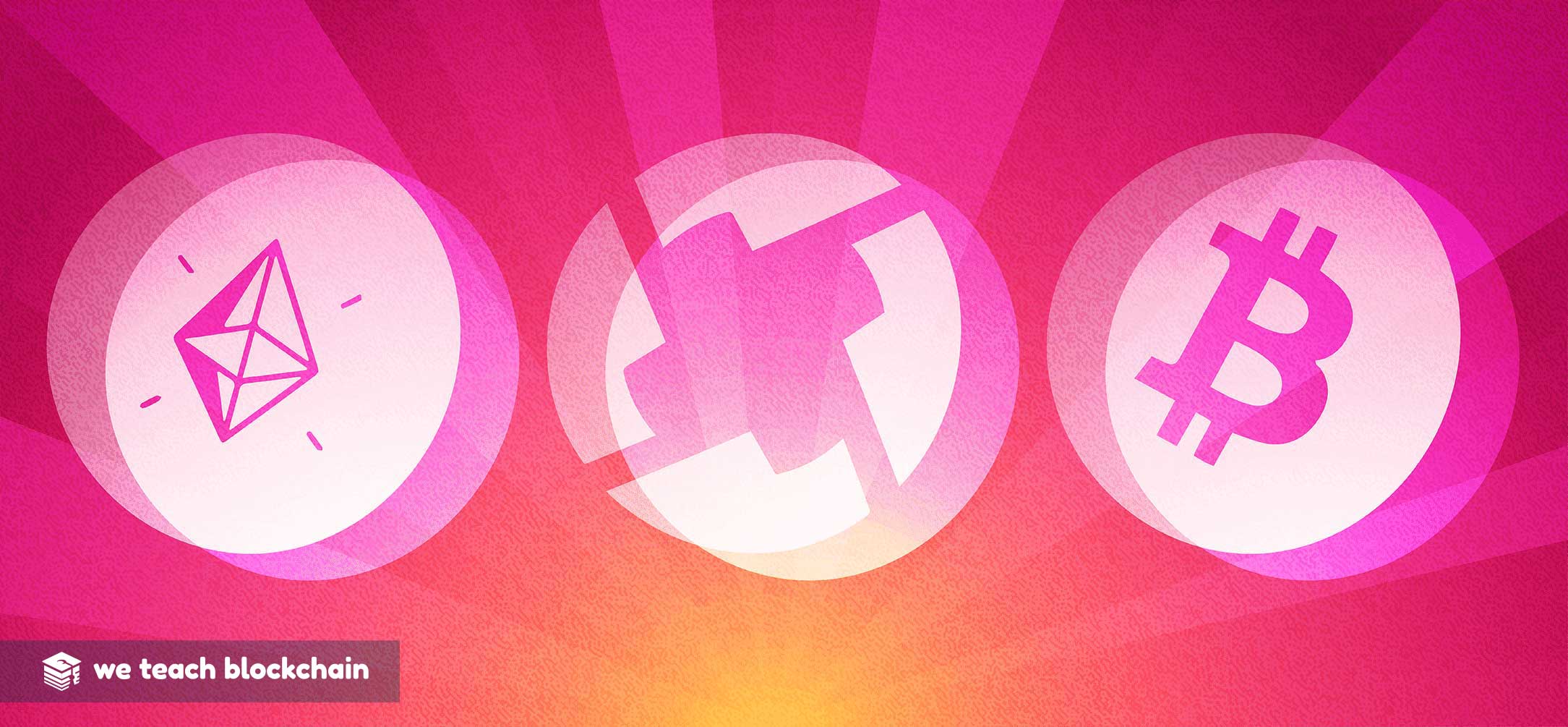Bitcoin vs Ethereum

Satoshi Nakamoto is the pseudonym used by the person (or group) that created Bitcoin and wrote the Bitcoin whitepaper.
The name first appeared on the paper “Bitcoin: A Peer-to-Peer Electronic Cash” that was distributed by a cryptography mailing list in 2008. The very first Bitcoin transaction took place between Satoshi and Hal Finney, a programmer that was part of the cypherpunk movement. While some suspect that Hal Finney may actually be the person behind the Satoshi pseudonym, it was never proven. After a five-year battle with ALS, Hal Finney passed away in 2014.
In 2010, Satoshi handed over control of the Bitcoin network to the community members. Up to that point, all of Bitcoin’s code had been written by him. Bitcoin’s goal is to act as a payment processor with a built in cryptocurrency. Bitcoin’s evolution has proven it to be a reliable way to send money anywhere in the world, all while avoiding the high fees and long settlement times associated with transferring currency across borders.
Ethereum is able to compute anything given enough resources and is therefore known as “Turing-complete.” In simpler terms, it can simulate a computer. Bitcoin’s main focus is payments and is not Turing-complete. It only provides a simple mechanism to distribute money. This contrast reflects Ethereum’s main goal, to become the so-called “World Computer”, allowing rules to be written in any way that can be expressed by code, allowing smart contracts to function.
Learn how to buy Bitcoin, Ether, and other cryptocurrencies.
While Bitcoin has transaction fees, Ethereum uses a similar pricing mechanism known as gas. Each smart contract or transaction requires a set amount of gas to execute computation, which must be purchased with ether at the time of the transaction. The price of gas varies based off of network activity and congestion.
What is Ethereum's Gas?
Gas is not a token or coin. Instead, gas is a pricing mechanism used to determine how much Ethereum should be required to purchase computing power on the Ethereum Virtual Machine. When someone pays for a transaction or smart contract execution, the gas price is determined based on current network transaction volume. The user then pays for gas with their Ethereum in order to execute the transaction or smart contract computation.
It may help to think of gas as a computing credit, which can be purchased initially to fund a smart contract, but which changes in value over time depending on network availability.








